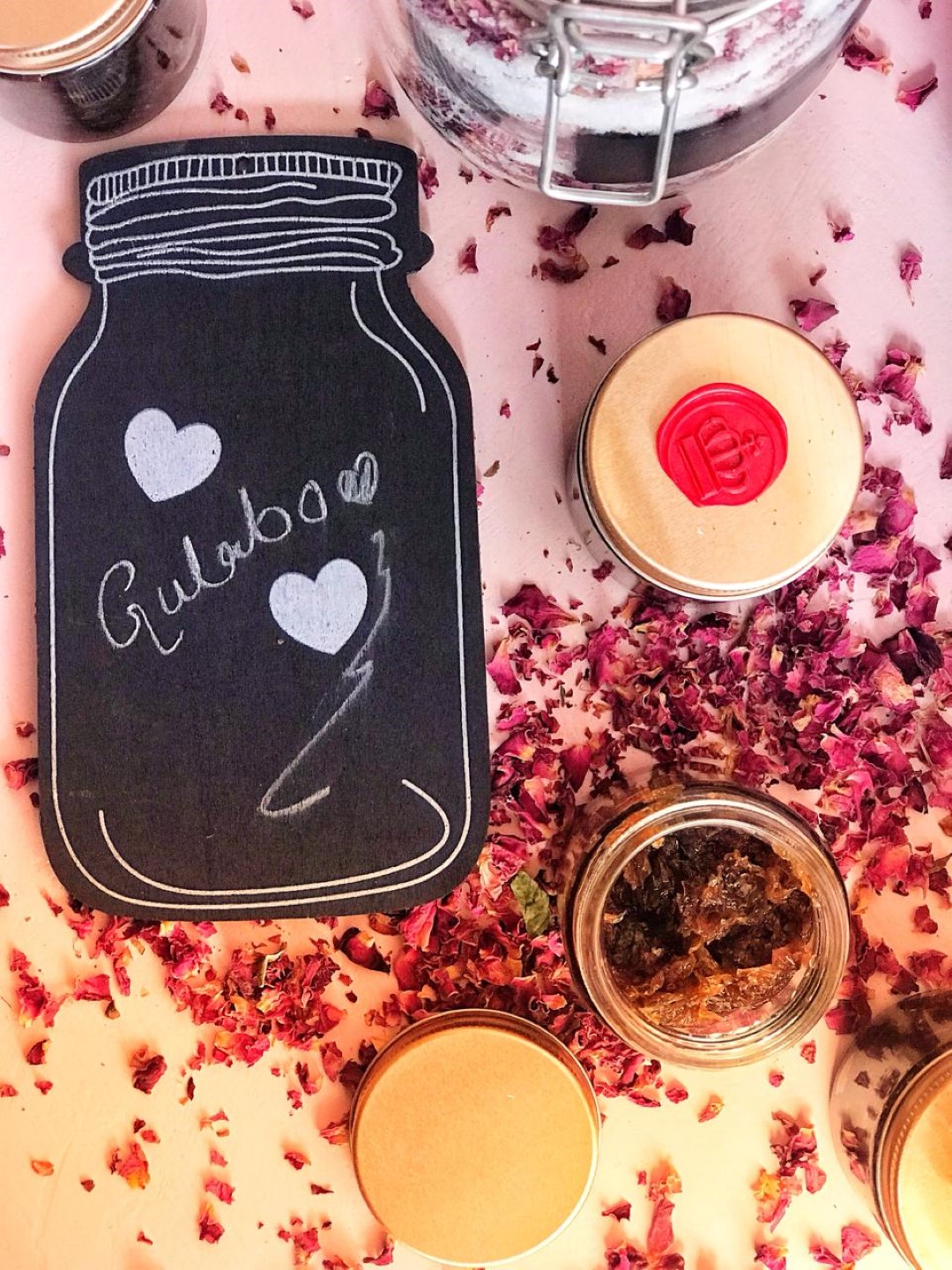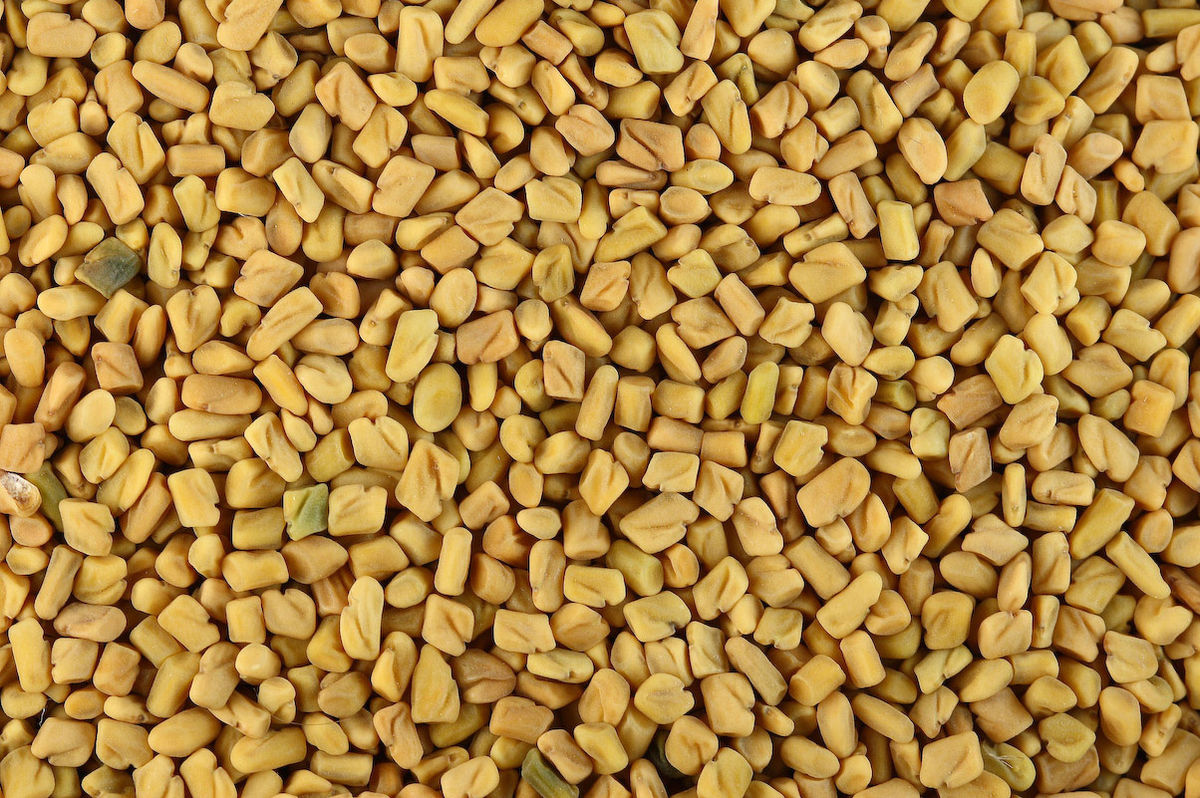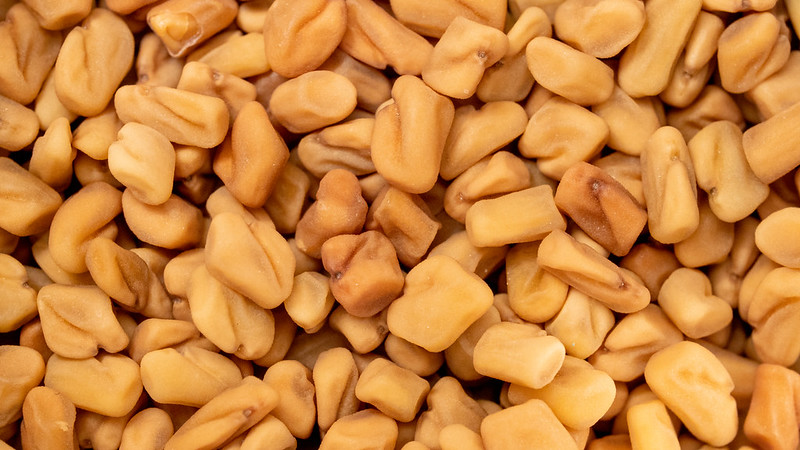
Introduction: In the realm of herbal teas, few blends can rival the harmonious combination of tulsi and rose. The fusion of tulsi, also known as holy basil, and the delicate essence of rose creates a soothing and rejuvenating tea experience that uplifts the senses. In this captivating and comprehensive blog post, we will delve into the enchanting benefits of tulsi rose tea. From its calming properties and immune-boosting effects to its potential in promoting skin nourishment and respiratory health, get ready to embark on a serene and healthful journey with every sip of this delightful infusion. 🌿🌹
The Serene Benefits of Tulsi Rose Tea
- 😌 Stress Relief and Relaxation: Tulsi rose tea is renowned for its calming effect on the mind and body. The adaptogenic properties of tulsi help combat stress and promote relaxation. Combined with the gentle essence of rose, this tea provides a soothing and comforting experience, helping to alleviate anxiety, reduce tension, and promote a sense of tranquility and serenity.
- 💪 Immune System Support: Both tulsi and rose are rich in antioxidants, which play a crucial role in supporting a healthy immune system. The potent antioxidants found in tulsi rose tea help protect the body against free radicals, strengthen the body’s natural defense mechanisms, and promote overall well-being. Regular consumption of this tea may contribute to a stronger immune system and improved overall health.
- 🌹 Skin Nourishment: The antioxidant properties of tulsi rose tea contribute to healthy skin by combating free radicals and supporting cellular rejuvenation. These antioxidants, along with the hydrating effects of the tea, can help maintain skin moisture, promote a radiant and youthful complexion, and reduce the appearance of fine lines and wrinkles. Sip on tulsi rose tea to nurture your skin from within and embrace a healthy, glowing complexion.
- 🌿 Respiratory Health: Tulsi, with its natural antimicrobial and anti-inflammatory properties, has been traditionally used to support respiratory health. When combined with the floral notes of rose, tulsi rose tea may help soothe respiratory discomfort, support clear breathing, and promote a healthy respiratory system. Enjoy the benefits of this tea for respiratory wellness and a refreshed respiratory system.
- ☕️ Caffeine-Free Indulgence: Unlike caffeinated beverages, tulsi rose tea is naturally caffeine-free, allowing you to enjoy its benefits any time of the day. This makes it a gentle and soothing alternative to traditional teas, providing a moment of relaxation, serenity, and indulgence without the stimulating effects of caffeine. Savor the flavors and experience the tranquil bliss of a caffeine-free infusion.
How to Enjoy Tulsi Rose Tea
- 🌹 Infusion Preparation: Bring water to a boil and pour it over a blend of dried tulsi leaves and rose petals. Allow the tea to steep for 5-7 minutes to extract the full flavors and benefits of the herbs. Adjust the steeping time to achieve your desired strength.
- 🍯 Sweeten to Taste: Enhance the taste of your tulsi rose tea with a touch of honey, a sprinkle of cinnamon, or your preferred natural sweetener. Experiment with different flavors to find your perfect balance and enjoy a personalized cup of tea.
- ☕️ Sip and Savor: Take a moment to embrace the tranquility and serenity of tulsi rose tea. Sip slowly, allowing the flavors and aroma to envelop your senses. Close your eyes, inhale deeply, and let the soothing properties of this enchanting blend transport you to a state of blissful relaxation and well-being. Embrace the mindful experience and let the tea nourish your body, mind, and soul.
Conclusion: Tulsi rose tea offers a serene and healthful journey with every sip. From stress relief and immune system support to skin nourishment and respiratory health, this enchanting blend provides a moment of tranquility in our busy lives. Indulge in the soothing properties of tulsi and the delicate essence of rose, and let the benefits of this harmonious fusion uplift your well-being. Savor the beauty of tulsi rose tea, embrace the serenity it brings, and experience the holistic effects it has on your body, mind, and soul. 🌿🌹













